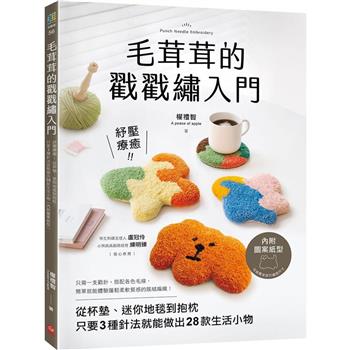This volume explores how grammatical categories, as defined by theoretical linguistics, are effectively implemented in language education. Aiming to bridge the gap between linguistic research and language pedagogy, it offers a detailed inquiry that spans theoretical frameworks and empirical data. By presenting a series of insightful studies, this work illustrates how findings from theoretical linguistics can be applied to enhance practical language instruction, demonstrating the reciprocal enrichment of both fields.
Essential for linguists, language educators, and researchers interested in the intersections of grammar, cognition, and pedagogy, the volume is organized into four engaging sections. Each section illuminates the nuances of grammar teaching and language acquisition. It begins with a theoretical analysis of linguistic categories across diverse languages, progresses through the links between linguistic research and teaching methodologies, and delves into the role of empirical data in classroom applications. The final section focuses on the practical implementation of linguistic categories in language teaching, promoting a deeper understanding of grammar as a dynamic component of language learning.










